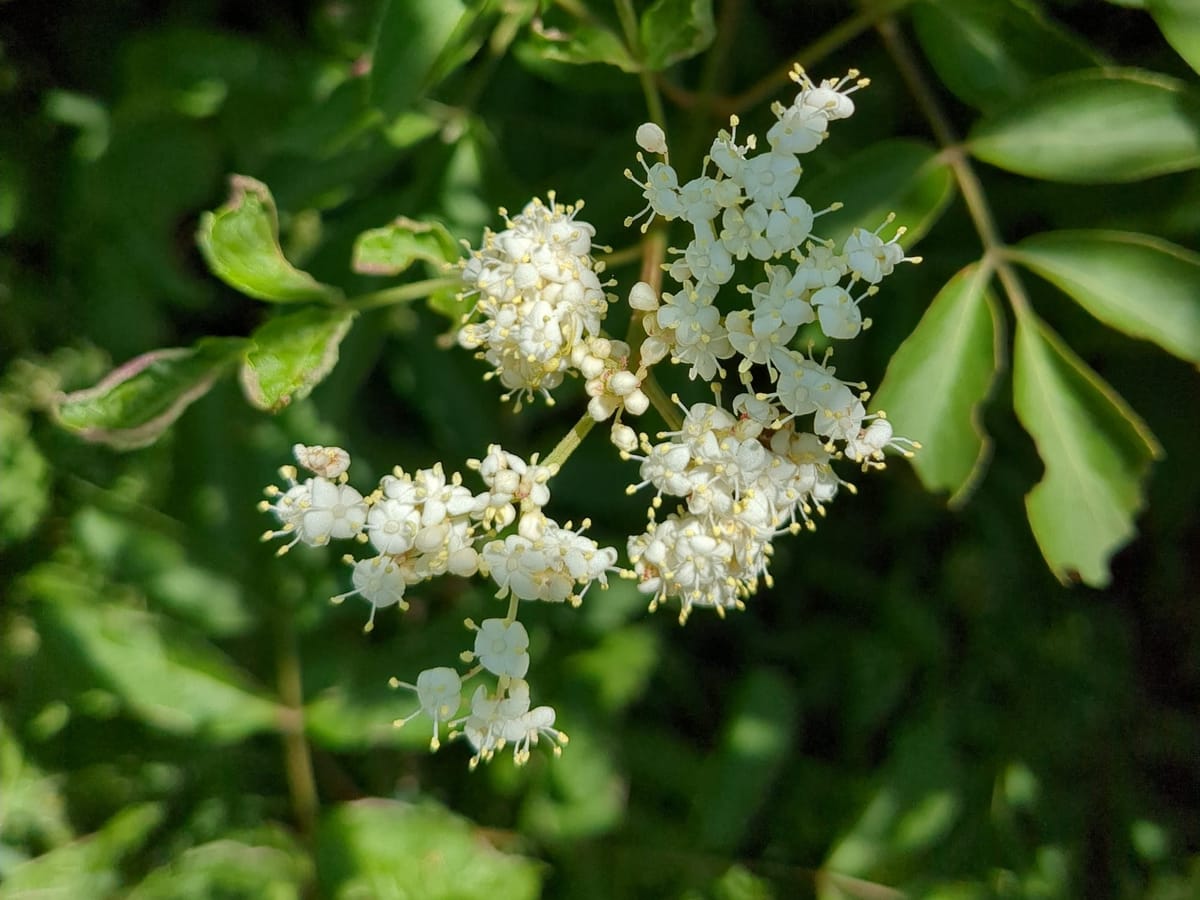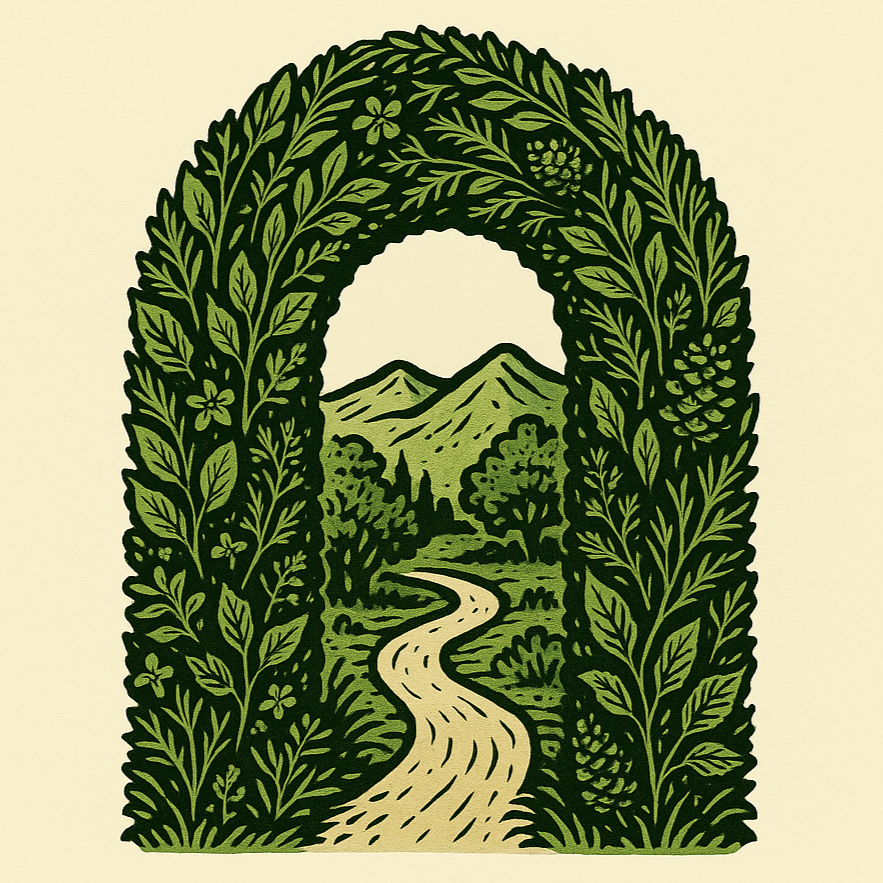The Language of Plants

Elderflower, Field Medicine, and the Trouble With Heat
When I talk about field herbalism, what I mean is a practice rooted in direct observation—something that lives between citizen science and embodied wellness. It’s a way of learning that happens by watching plants where they grow, and listening for what they tell us over time.
My own training came through Traditional Chinese Medicine (TCM), where herbalism is heavily structured and elegantly codified. With traditions and documentation dating back at least 5,000 years, TCM herbalists can access a pharmacopeia of over 1,000 medicinal herbs. The herbs are commodified, mass produced, and combined in various ways. Even today, Chinese hospitals have herbal medicine wings in them.
While TCM gave me a foundation, but what I practice now is something else—a liberated, eclectic medicine, composted from many lineages and whatever honest data I can find: toxicity reports, field notes, empirical evidence. Purity and strength are no longer the goals of herbal medicine. For me, relationship is the driving force of herbalism.
As I began the work for Verdant Way, Elderflower arrived in my life as an ally. If scent could be a color, elderflower would be pale gold and buttery, almost fluffy. You wonder if you’re even smelling it until it catches you fully—and then it’s unmistakable. I made a syrup, a glycerite, and spent days watching pollinators come and go, as if the whole plant was a slow, breathing lung.
Everyone knows Elderberry syrup—it’s antiviral, cough-soothing, shelf-stable. But here’s what’s interesting: every bottle you see follows the same formula: elderberry, ginger, clove, cinnamon, honey. Here's the thing: that’s a warming blend. Lovely, comforting—and often, completely wrong for our climate here in the South. Warm herbs treat cold conditions. Down here in Texas, we play for keeps. We fester fast. We need cooling herbs, not heat.
The good news - elderberry is neutral in temperature. Goldilocks. Not to warm, not too cold. Herbs like ginger, clove, and cinnamon work great for the immune system, and especially when we're fighting off infection. But once the illness begins to change, we should change our approach as well.
When I was getting my master's degree in acupuncture and Chinese medicine, I learned to alter my treatment strategies based on how illness was presenting. I remember getting caught up in the fear that somehow I would invite pathogens deeper into the body if I didn't stop them. But now that I practice field herbalism, I can make the same changes, but for different reasons. Now, I try to balance the body's ecology - if the body is balanced, it is inhospitable to illness, pathogens, and disease.
That’s the part of herbalism that gets lost when we treat formulas like fixed recipes instead of relationships. A plant isn’t a drug class. Its actions depend on when and where you find it, and what body you’re asking it to work with. The hard science tries to isolate cause and effect, and that’s valuable—but living medicine is relational. Heat, cold, damp, dry—these are some of the dialects plants speak in.
So when you’re tending someone who’s sick, don’t just reach for the hottest thing in the kitchen. Watch the symptoms. Adjust. If the heat rises, cool it. If the cough dries, moisten it. This is how herbalism becomes more than memorization—it becomes dialogue.
Out in the field with mullein and elder, surrounded by plants whose names I’m still learning, I keep circling back to this: herbalism is a practice of attention.
Not certainty.
Attention.
